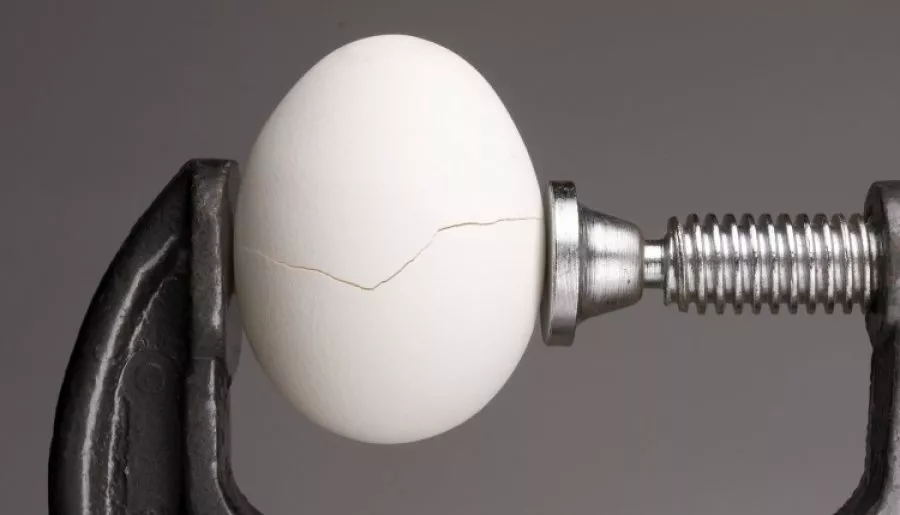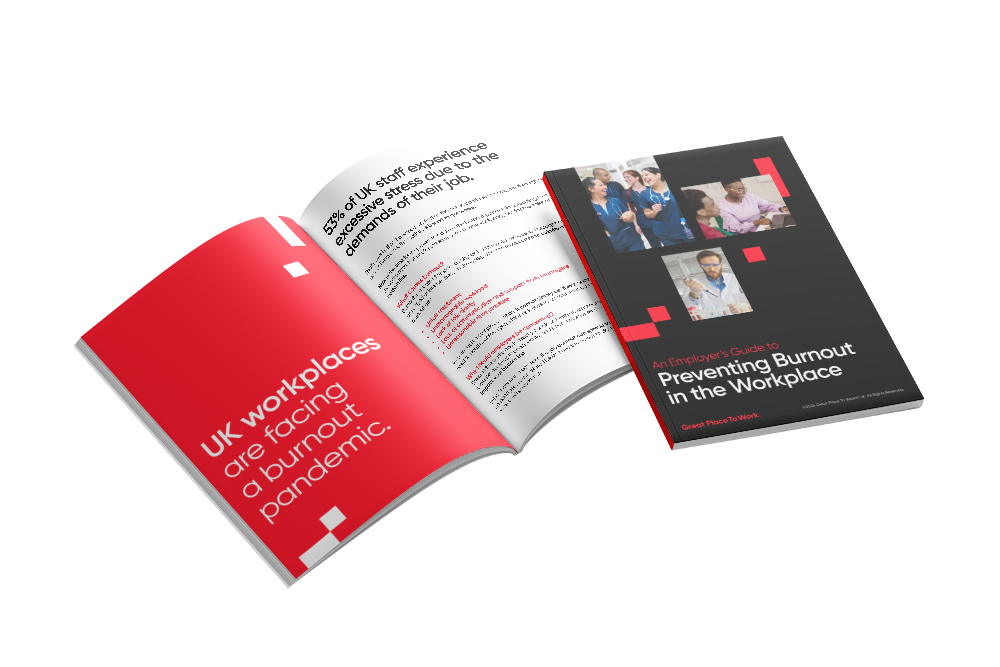"Where acute stress is the migraine attack that comes and goes, chronic stress is the unrelenting tension headache." - Sara Silvonen, Wellbeing Consultant
Week 2: Conceptualising Workplace Stress
Considered in general terms, it’s important to remember that stress is not a mental health issue as such. In its (original) biological sense, stress simply refers to a state of heightened arousal as a physiological response to a stressor, or challenge, in the environment. It is a well-established finding that human performance is optimised at moderate levels of arousal, typically through environmental stress – not when we are fully calm, relaxed or complacent.
In fact, eustress refers to a positive form of stress that pushes individuals towards personal and professional growth, through elevated motivation, productivity and performance. Working towards such developmental goals is also a major driver of psychological wellbeing. But when an overload of stress is experienced as a burden, this becomes distress. The definition that has been adopted for work-related stress refers almost exclusively to the latter:
Work-related stress is the adverse reaction people experience when presented with work demands that outweigh the resources available to cope with them.
It can be represented by the equation:

Typically, demands refer to excessive workload pressures such as unrealistic deadlines or unreasonably high levels of responsibility, while resources are things like high-quality tools and work environments, autonomy and job control, as well as managerial or peer support. The relationship between these two key factors can also be depicted visually by plotting them against each other, as in the prominent Job Demands-Resources model – whereby it becomes clear that the ideal workplace is high in demands but equally resource-rich.
A further distinction crucial to understanding the potential risks of work stress concerns its frequency. When thinking of work stress, most of us would picture a specific, stress-provoking scenario, such as the lead-up to a major deadline, or the pang of dread from the WhatsApp scenario described in our previous blog post – something short-term and situational by nature. This is acute stress, and while it may feel overwhelming or even debilitating in the moment, it is short-lived and rarely has any real health impact. Where acute stress is experienced somewhat frequently, this can be referred to as episodic stress, and is typically associated with more competitive and perfectionist personality types.
By contrast, chronic stress is typically lower in intensity, but almost always there in the background, wearing away at individuals over time until they finally crack under pressure. It is part of the everyday working life of those who struggle with excessive work demands, and a shortage of resources. Where acute stress is the migraine attack that comes and goes, chronic stress is the unrelenting tension headache. Creeping up softly, slowly until the employee is no longer able to cope, in the worst case ending in mental breakdown, burnout, and in very rare, extreme cases, suicide – the silent killer strikes.

We can now conceptualise, describe and explain what stress is. But ultimately, how does it affect not just individuals but businesses, the economy and society at large? Next week, we’ll zone out and take a broader look at the true costs of stress.
Sara Silvonen is a Consultant and Wellbeing Specialist at Great Place to Work UK. With an academic background in organisational psychiatry and psychology, she is particularly interested in supporting organisations in understanding the value of wellbeing-based interventions. She is passionate about mental health, having volunteered extensively in the field, and about promoting this agenda in the workplace.









